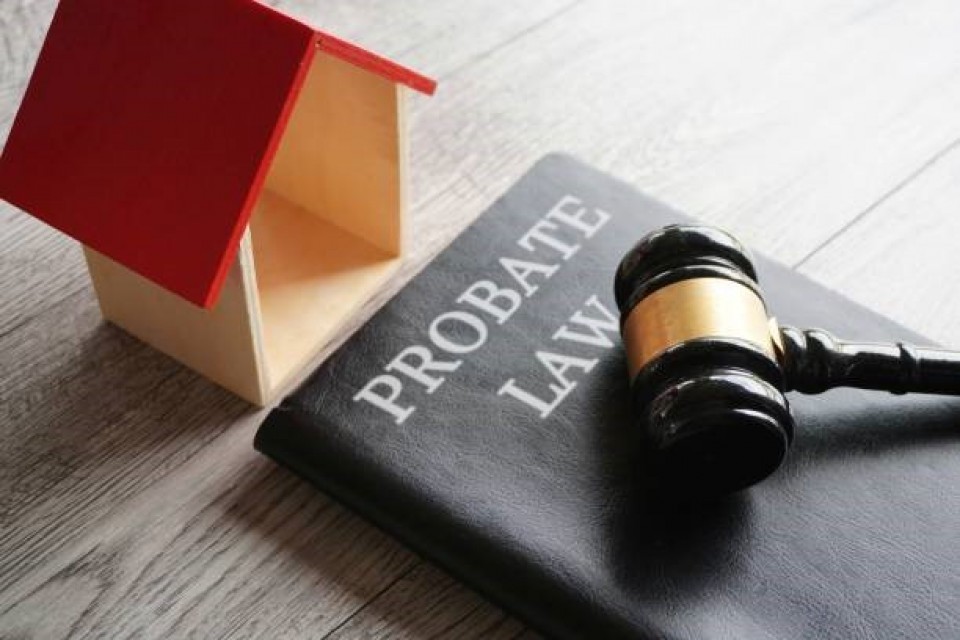Increase to Probate Threshold - a Double Edged Sword
On 31 July 2025 Justice Minister Hon. Paul Goldsmith approved the increase in the threshold for distributing assets of an estate without administration from $15,000 to $40,000. The changes came into effect on 24 September 2025.
Three questions:
· What does this mean?
· Why does it matter?
· How do I respond?
What does this Mean?
The Administration Act 1969 (Act) sets a prescribed amount at which a person’s estate can be distributed without needing to apply for administration of the deceased person’s estate. The prescribed amount was previously $15,000.
So, if a person had less than $15,000 in bank accounts, super annuation/kiwisaver, trustee corporations and investments (for ease we will call them financial institutions), the financial institutions could distribute those funds without the High Court first granting administration in respect of that estate. Provided there was a death certificate, or similar evidence, the financial institutions could distribute those funds to a surviving spouse, child, or certain other persons.
Why does it Matter?
The previous threshold was extremely low so that, in practice, most financial institutions would not release their funds until the High Court had granted administration. Increasing this amount to $40,000 will allow for quicker distribution of funds for many smaller estates. While that may come as welcome for many, it is a double-edged sword, since financial institutions can pay those funds to any of those people. This is especially an issue for separated or blended families, who will have strong views on who ought to receive those assets. For many it will be a race to the bank.
How do I Respond?
Even for smaller estates, best practice remains to have a Will that directs an administrator on the distribution of assets, including any cash held in a bank account. It is also worth noting that the prescribed amount does not deal with real property, shares, or chattels/personal heirlooms.
Furthermore, $40,000 is not a large amount, when dealing with a person’s life savings, and considering how many years it could be before the prescribed amount is increased again (it was increased to $15,000 back in 2009). So it could easily remain at $40,000 for the next 10 or 15 years.
A Will also ensures that there is no confusion over who is to benefit from an estate. For example, we recently had a matter where a person died, and family knew that the deceased married while overseas, before returning to New Zealand, but did not know whether he was still married, or even if the wife was still alive. It took months to answer these questions (she was alive and they were divorced). The need for a Will is even more pressing with separated or blended families, where a testator will need to balance the interests of their surviving spouse (or removing an ex-spouse) and children.
Conclusion
The increase in the prescribed amount to $40,000 is a welcome, and necessary change. But it also increases the amount that people will fight over. Best practice remains to have a Will which directs a person’s administrators on the distribution of the estate after they have died.
If you do not have a Will, please do not hesitate to contact Sophie Martlew, Nicola Coombes or any of the members of the Estates Team at Saunders & Co.
